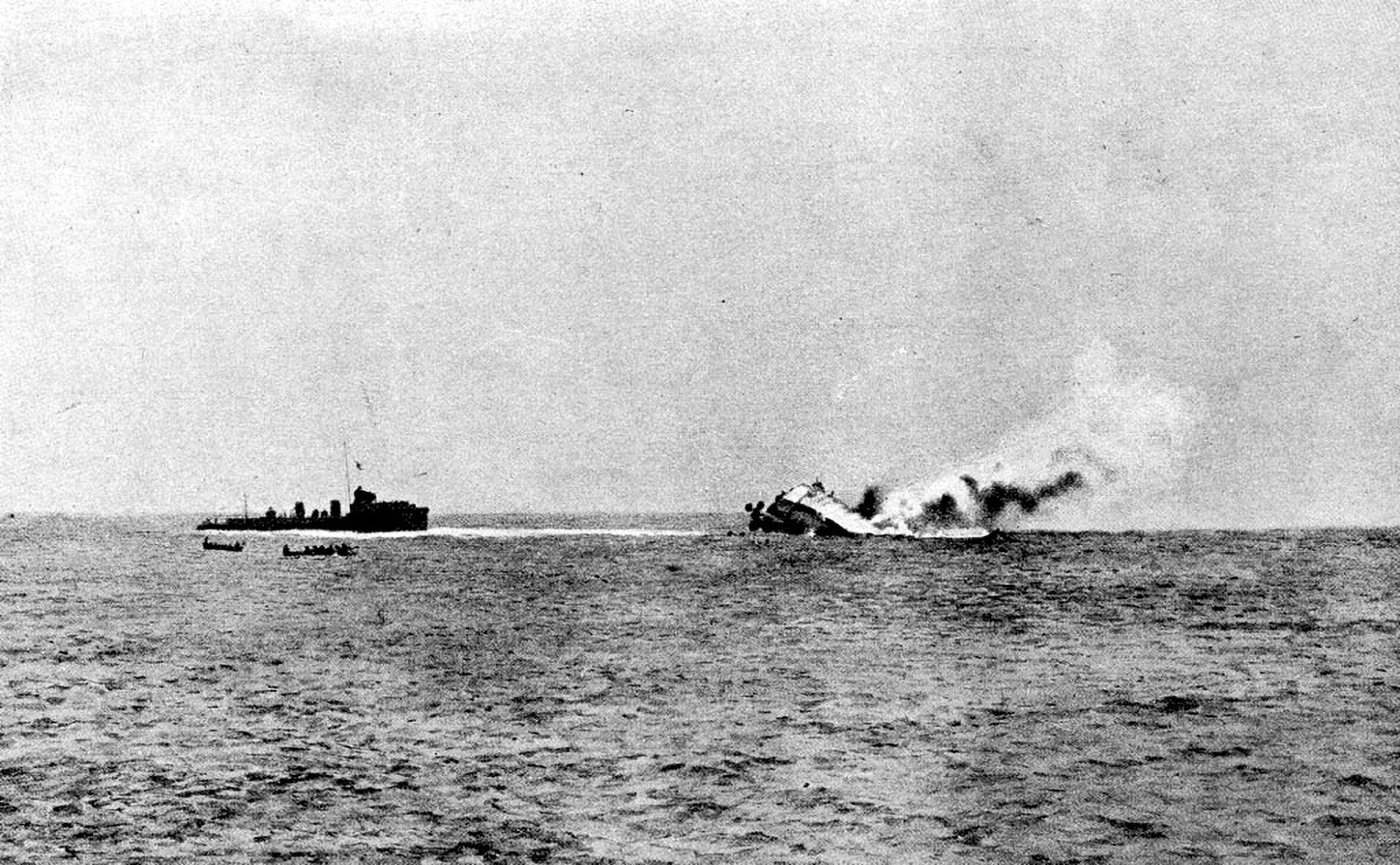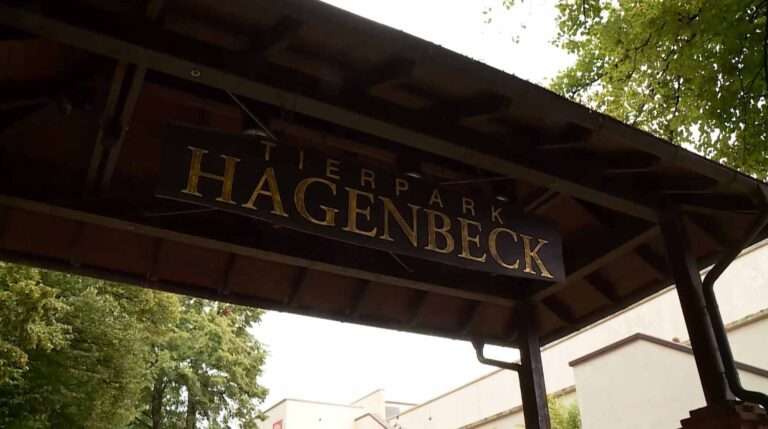These are the rounds of explosive ammunition that were onboard a German Imperial Navy ship when it was sunk by the British Navy in the North Sea during World War I.
Now there are concerns that the explosive ammunition on board the ship which has been at the bottom of the sea for 107 years is leaking toxic chemicals into the ocean.
The German Maritime Museum (DSM), the Leibniz Institute for Maritime History and the Alfred Wegener Institute (AWI) are working on the EU funded North Sea Wrecks (NSW) project examining the environmental impact of the grenades and bombs that went down with the ship.
The SMS Mainz was an Imperial German Battleship that was sunk by the British navy on 28th August 1914 in the North Sea at the bay of Heligoland Bight.
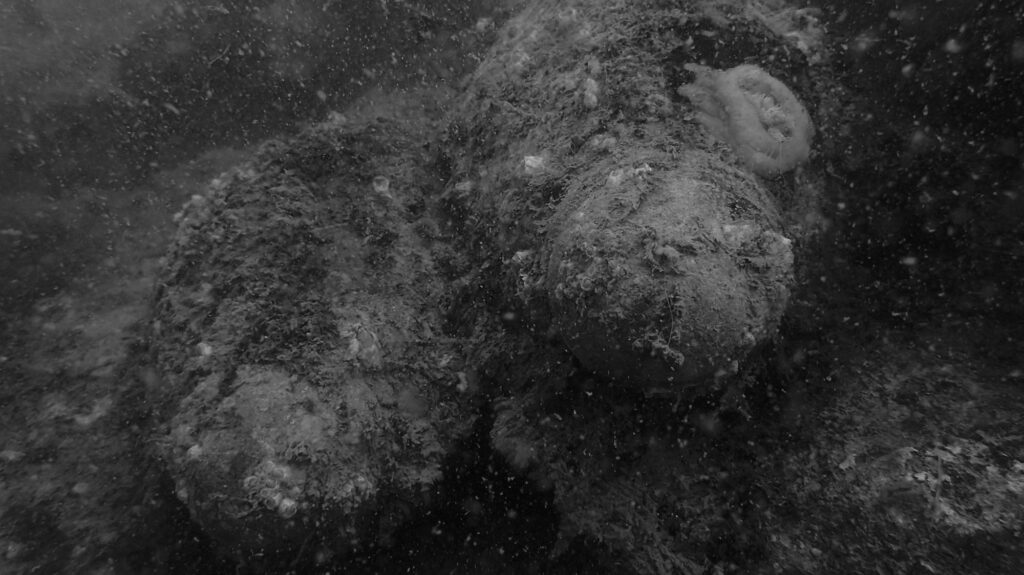
The sinking of the SMS Mainz was celebrated in Britain as an important victory.
However, over a century after it sunk, scientists now fear that the ship could do some serious environmental damage due to the explosive ammunition that sunk with it.
Expedition leader Dr Matthias Brenner, 49, from the Alfred Wegener Institute, told Newsflash: “For the first time, the effects of ammunition left behind after the World Wars is being investigated in the North Sea.”
The German-Belgian team spent six days onboard the research vessel Heincke, researching the German archipelago of Helgoland, whilst collecting environmental samples and mussels from the SMS Mainz.
Doctor Mathias Brenner said that he hopes that the sediment and mussel samples will provide insights about which pollutants are emitted by the explosives and the wreck, and whether they are absorbed by the organisms living there.
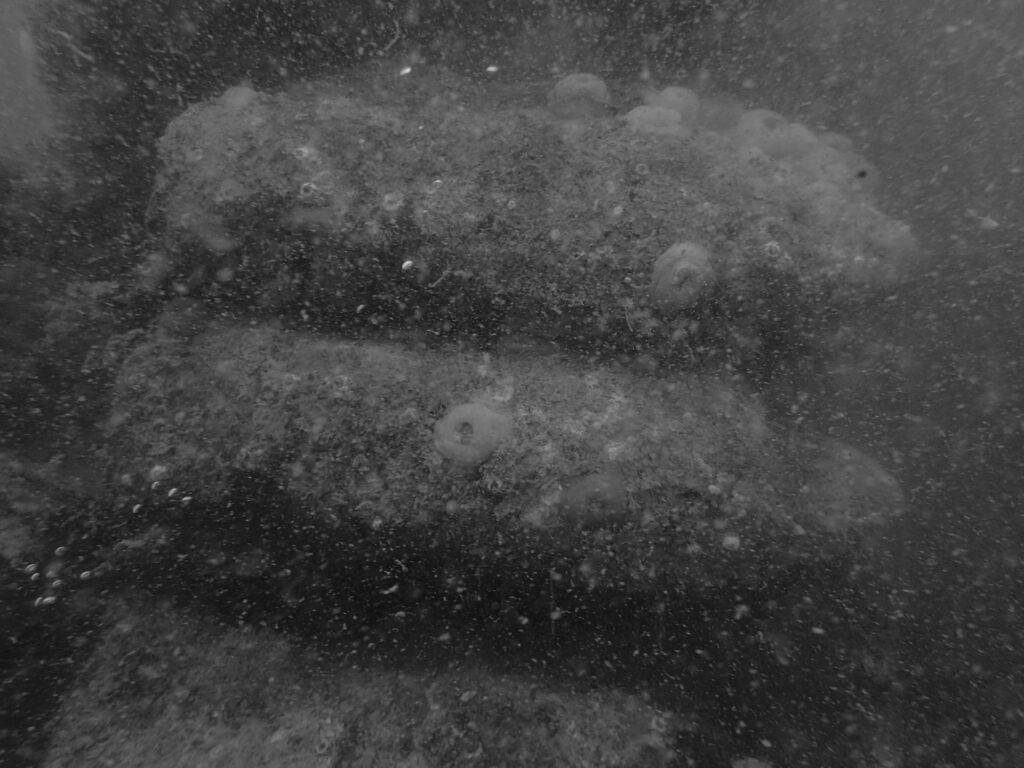
Bruner said: “If there are toxins down there, the animals will be carrying them.”
Doctor Philipp Grassel, 37, maritime archaeology expert from the DSM said that despite the difficult conditions, this is just “another day at the office”.
He added: “I am particularly interested in not only danger the ship could pose to the environment but also how many wrecks have themselves developed into safe havens for marine life”
Grassel gave more details about the century-old wreck: “It was equipped with rapid-fire cannons and torpedoes and probably still had some ammunition on board at the time of the sinking.”
Divers inspected the explosive remains of the ship and caught 50 flatfish which were then frozen with liquid nitrogen.
The frozen samples were taken for further analysis at the Toxicological Institute of the University of Kiel.
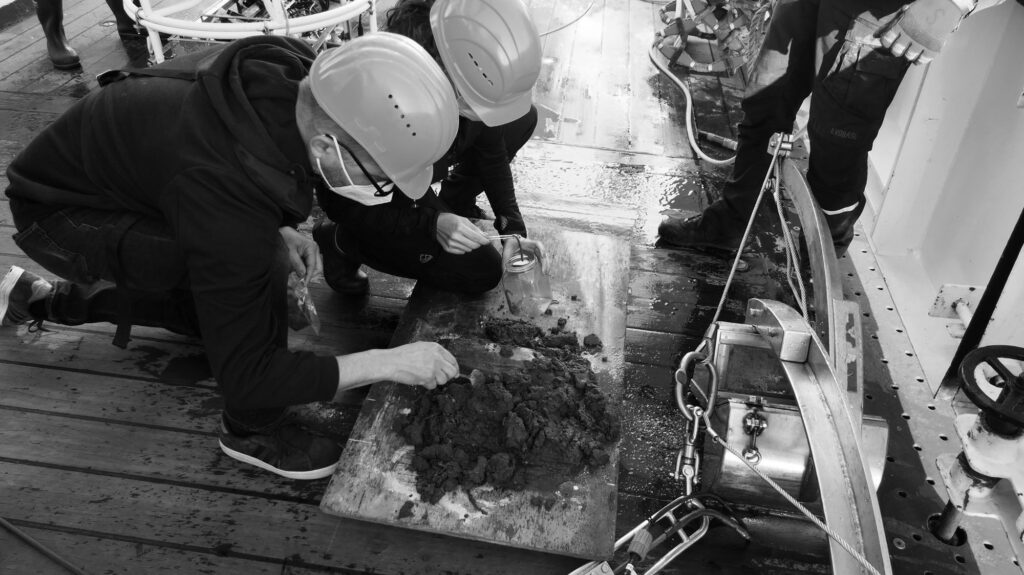
Marine biologist Dr Matthias Brenner and Ute Marx from the Alfred Wegener Institute for Polar and Marine Research (AWI) examine the sediment samples and the biological samples on board the HEINCKE. 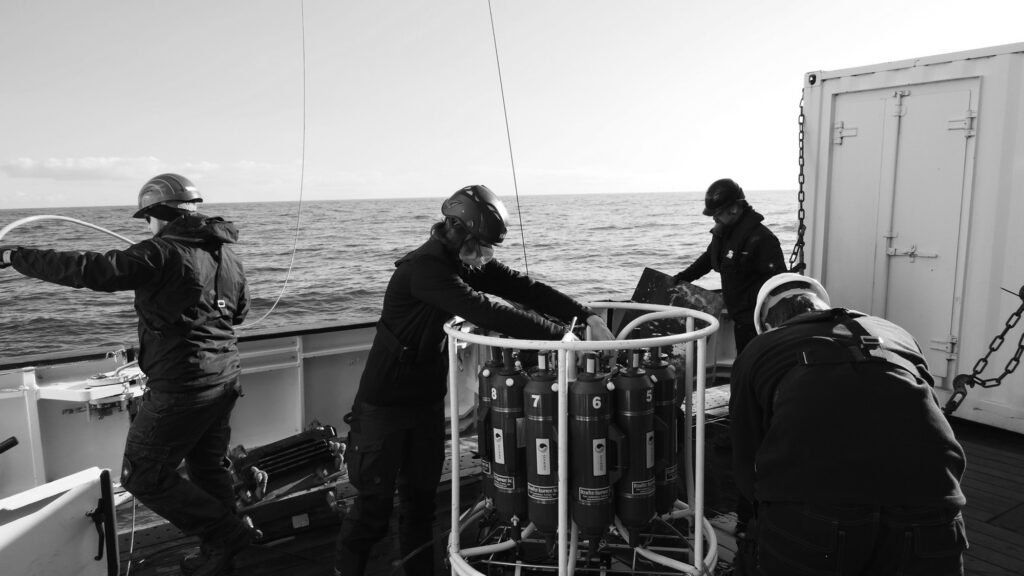
Preparations for taking water samples with the CTD device on board of the HEINCKE in the port city of Bremerhaven on Germany’s North Sea coast.
Brenner who classified the expedition as a “complete success” said he expects the first results of their research to be available in June.
Future examinations are also planned with the team hoping to collect samples of sediment and organisms from the ship’s hull.
To find out more about the author, editor or agency that supplied this story – please click below.
Story By: Georgina Jadikovska, Sub-Editor: Joseph Golder, Agency: Newsflash
The Ananova page is created by and dedicated to professional, independent freelance journalists. It is a place for us to showcase our work. When our news is sold to our media partners, we will include the link here.

